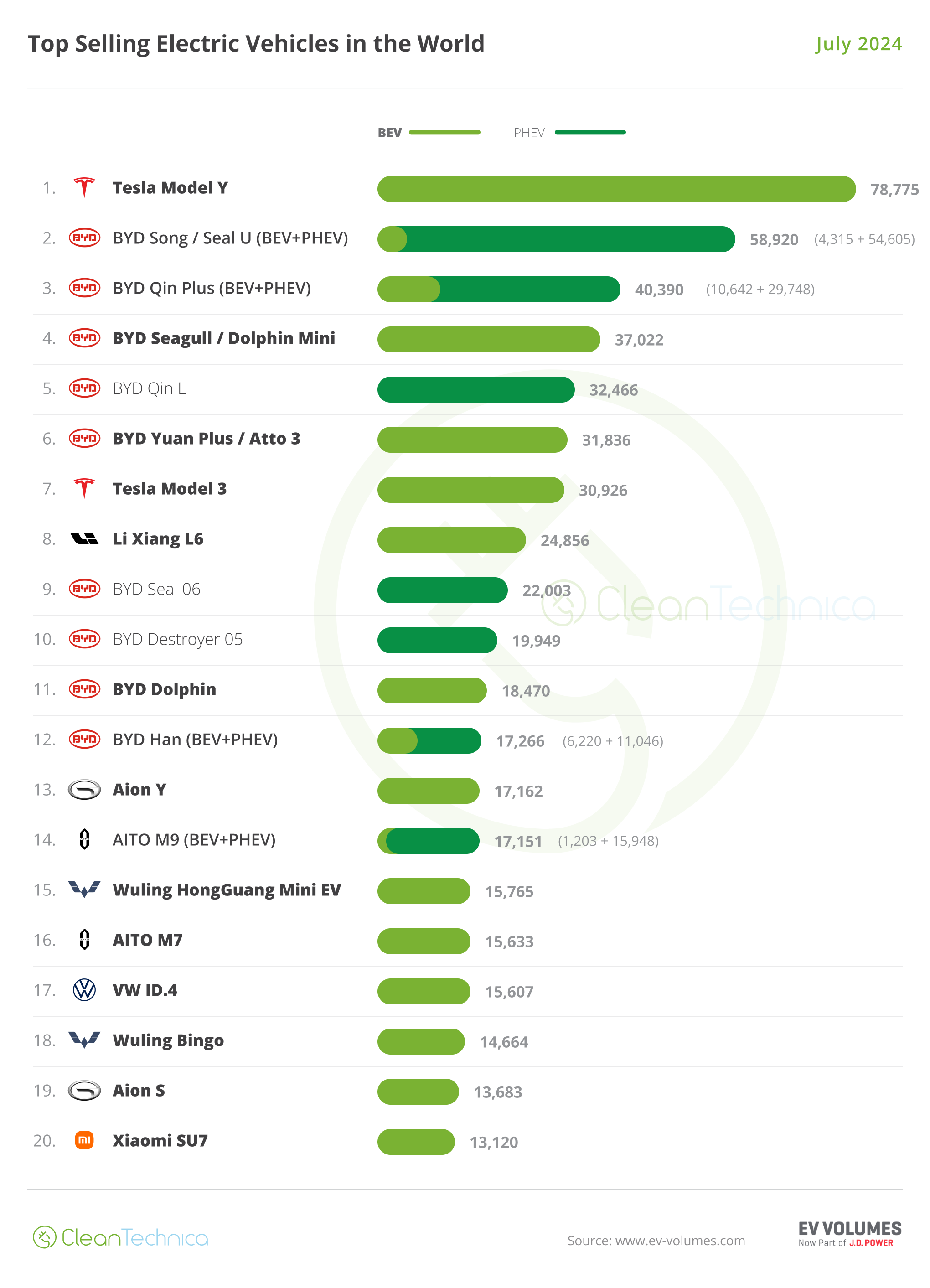
The World Coal Association recently published a chart on Linkedin showing very graphically how China’s coal consumption dominates the world’s CO2 emissions targets.
It is not only China but also India and other emerging economies that are heavily reliant on coal for energy, leading some to ask the question: Do Western economies have any control over global emissions and is there any value in the West reconfiguring their economies to reduce emissions? Many emerging economies see it as immoral that the West would deny them access to the path to economic success that the West itself has taken. Why should emerging economies limit their emissions and economic growth to solve a problem they did not create. The reality is, we only have one world and everything is interlinked.
The World Coal Association (WCA) tells us: “Fossil fuels continue to be an affordable and abundant source of energy, particularly in emerging economies where demand is expanding rapidly. In 2022, global consumption of coal surpassed 8 billion tonnes in a single year for the first time, with China and India being the two biggest consumers.” Its website also contains links to information on supposed “clean coal” and the “sustainability” of using coal for power generation.
There are those that argue that developing economies should skip straight to renewables and bypass coal altogether. I read many examples of this in the Afrik 21 newsletter. One key to enable countries to do this is low-cost capital. Have a listen from 1:10:30 in this podcast by Adair Turner, sometimes referred to as the “Lord of the Net Zero Transition.” Baron Adair Turner is Chair of the Energy Transitions Commission, a global coalition of major companies, investors, and experts identifying pathways to limit global warming to well below 2˚C.
China and India together consumed 67% of total global coal production in 2022 — China 52% and India 15%. Although both countries are also installing massive amounts of renewables, their consumption of coal will not decline for some time.
“China’s power sector alone accounts for one-third of global coal consumption. Meanwhile, with a growth rate of 6% annually, India has doubled its coal consumption since 2007—and is expected to lead the growth in coal consumption for years to come.” Though, I would disagree with the respondent who commented: “We will drive our own country into poverty for some fictional reduction target of an essential element of survival, while ironically a 3rd world nation will go past us using the same emissions.”
It was better put by another: “China & India are catching up building their economies & infrastructures using fossil fuels but they will hopefully do what the more developed countries are doing once they get to our stage of development.” I expect that he is right. For our survival as a species, I certainly hope so.
We need to bear in mind that the West is still struggling to shake off coal as an energy source. The USA is the third largest consumer of coal, at 13% of global consumption. However, coal use has dropped 50% since 2010. Germany, the biggest economy in the EU, still has almost 20% of its energy coming from coal, and France 2.5%.
In Australia, the grid is at times almost 50% renewables and we are making great strides in reducing our dependence on coal for energy. Our dependence is on coal for export. We cannot ignore that much of the coal burnt in India and China comes from the land of the koalas and kangaroos (yes, we have snakes and spiders, too).
The March Resources and Energy Quarterly published by the Australian Government tells us that Australia is the second largest exporter of thermal coal (exporting half as much as Indonesia), and is 4th largest in black coal resources. The report expects that coal prices (recently buoyed by the Russian invasion of Ukraine) will decline by 75% within the next 5 years. It points out that thermal coal miners are struggling to gain access to financing and insurance for new projects. That is in itself an indicator of the future for coal, no matter what the WCA thinks.
Thermal coal is expected to reach over one billion tonnes shipped by sea annually. Prices for Australian coal peaked in March 2023. Our largest export partner, China, is expected to require imports of coal until 2050. However, this could occur sooner if the mainland follows Hong Kong’s lead and converts to gas. Australia’s coal exports to China are expected to decline by around one third by 2028.
“India is moving in the opposite direction to China, expanding its thermal coal imports steadily in recent years. India is expected to become the predominant global importer by the end of the outlook period (2028). The Indian government has committed to huge expansions in the country’s power grid to connect regions which currently lack access to electricity. Much of this deployment has already been undertaken and, in conjunction with growing industrial activity, is expected to lift Indian coal use substantially over the next 5–10 years.”
Japan is working hard to reduce its emissions, deploying solar and closing coal-fired power plants. Plans to close 100 coal-fired power stations over the next 7 years will reduce Japan’s dependence on imported coal. Japan plans to double its renewables share of generation to 26–28% by 2030. However, its investments in carbon capture and sequestration (CCS) make me wonder if it wouldn’t rather stick with 19th century technology.
South Korea has pledged to achieve net zero by 2050 in part by building new, more efficient coal-fired power stations and nuclear reactors — not completely cutting coal.
Indonesia is the world’s largest exporter of thermal coal. However, Indonesia’s low-cost coal is cheap for a reason — low calorific quality. “While this makes Indonesian coal unsuitable for some markets, others (notably in Asia) have developed power plants specifically suited to Indonesian coal.”
The report notes that with an expected gradual decline in global coal use, the lower grades of coal will be impacted first. China is likely to reduce its imports of Indonesian coal and this may be made up by higher demand from domestic users and nearby South Asian nations. “[Over] the longer term, coal markets are likely to gravitate towards higher grades of coal, as efforts to reduce carbon emissions and transform global energy markets continue.”
“Thermal coal producers face increasing challenges in bringing new supply to markets. Access to finance and insurance for new mines remains difficult, and the rapid decline in construction of new coal-fired power plants means that the future of coal burning is bound to the lifetime operation of plants already built.
“New thermal coal projects are few, and are not expected to offset the closure of mines after 2028, when exports are expected to start declining. High prices have not resulted in a large expansion in the investment pipeline for thermal coal in Australia.”
The perspective of the WCA and the Australian Government Department of Industry, Science and Resources seem almost polar opposites. Perhaps the WCA approach could be epitomised by the name of a Queensland coal mine: “New Hope.” My hope is that low-cost financing will be made available to those countries without an established grid to enable them to “skip a generation” and that the future for coal in global energy production will be limited.
Featured photo by Hunter So on Unsplash
I don’t like paywalls. You don’t like paywalls. Who likes paywalls? Here at CleanTechnica, we implemented a limited paywall for a while, but it always felt wrong — and it was always tough to decide what we should put behind there. In theory, your most exclusive and best content goes behind a paywall. But then fewer people read it! We just don’t like paywalls, and so we’ve decided to ditch ours. Unfortunately, the media business is still a tough, cut-throat business with tiny margins. It’s a never-ending Olympic challenge to stay above water or even perhaps — gasp — grow. So …




